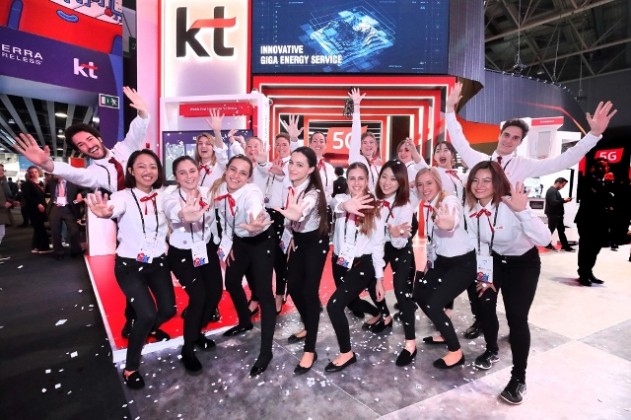Opensignal has revealed that 1 percent of speed tests on 5G New Radio (5G NR) enabled devices used an active 5G connection in the United States, compared with 20 percent of speed tests in South Korea.

“This combination of technologies is possible because the current 5G deployments are using “non-standalone access” (NSA) where a smartphone must maintain a 4G connection even when 5G is available,” Opensignal’s Ian Fogg wrote in a blog on October 22, 2019.
From 2020, carriers will start offering standalone access where 5G will be able to operate independently.
While U.S. 5G users enjoy the highest maximum speed across countries where carriers have launched 5G services, reach is more problematic in the U.S. than in other countries because of spectrum challenges.
In South Korea, all three operators – SK Telecom, KT and LG U Plus — launched extensive 5G services in 85 cities using mid-band 5G spectrum in the 3.x GHz range which offers a good balance of both reach and speed. The country boasts over 3 million 5G customers in a total population of around 51 million people.
U.S. carriers face very limited availability of key 5G spectrum bands that are popular in other countries. While South Korea, Australia and Europe are exclusively using new mid-band 3.x GHz bands for 5G services now, in the U.S. these bands have existing users, which means the U.S. is forced to try a new shared usage model on these bands — called CBRS — rather than carriers being able to exclusively deploy 5G on these bands.
Verizon and T-Mobile are only offering mmWave 5G services — that have extremely limited geographic reach because of the very high frequencies used — while Sprint is repurposing an existing 4G spectrum band at 2.5 GHz.
In no country other than the U.S. has Opensignal seen commercial 5G mmWave services alongside sub-6Ghz 5G services to date. AT&T has 5G mmWave deployed in 19 cities but is only offering the service to select business customers.
Today, 5G’s reach in the U.S. is focused on major cities, emphasizing the strong U.S rural-urban divide in all Americans’ mobile network experience that Opensignal has recently analyzed.
U.S. carriers are looking to upcoming spectrum auctions to add new bands — especially 3.7 GHz – 4.2 GHz bands — that should offer improved reach as well as higher capacity to boost 5G in the country, according to Opensignal.





